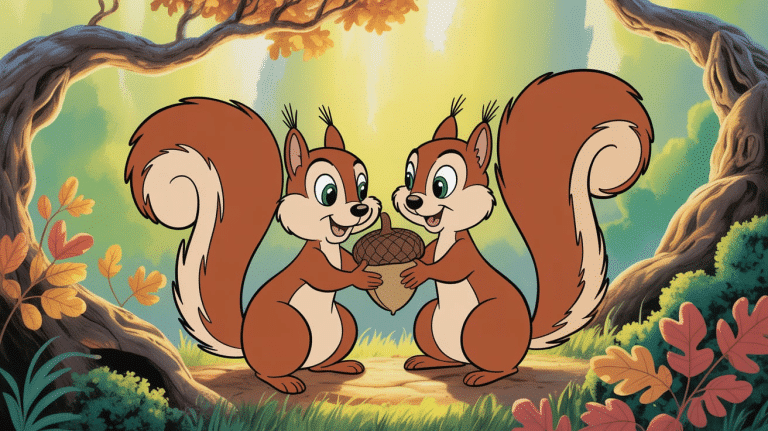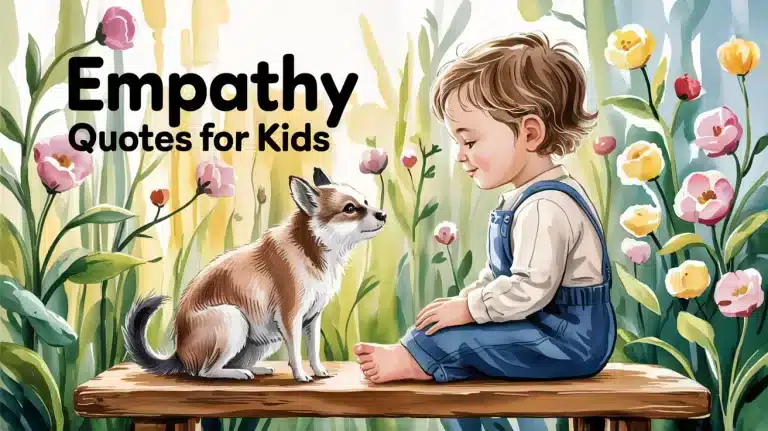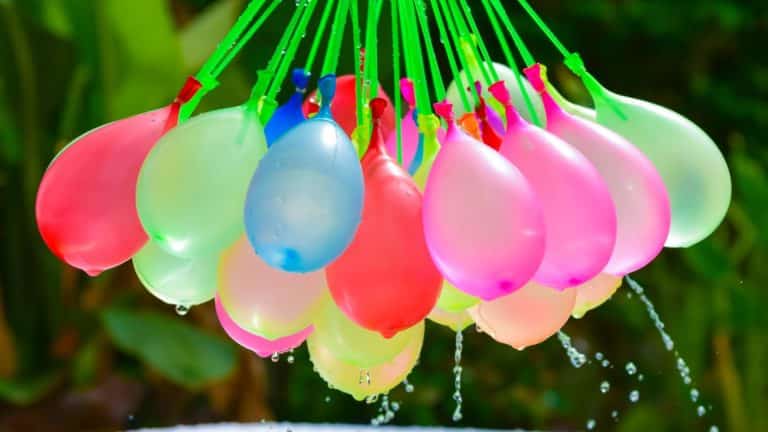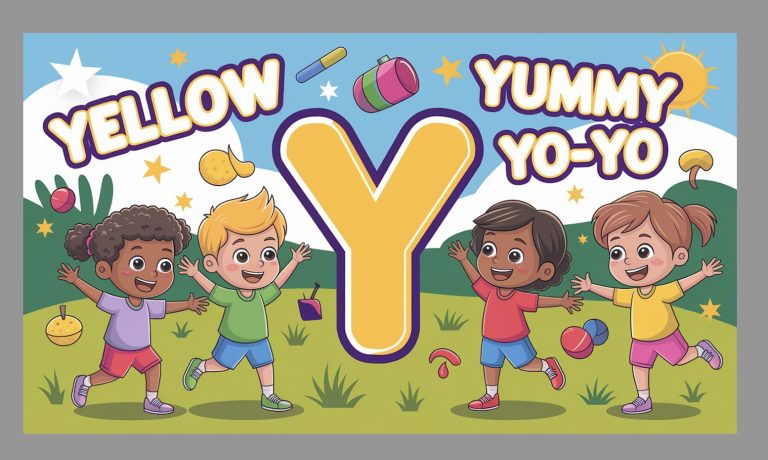The classroom is a place where children from all different backgrounds come together. As a teacher, it’s important to be respectful of the diverse religious beliefs represented amongst your students.
Getting children involved with different religious celebrations is a great way to encourage inclusion, understanding and community within the classroom, and you can do this any number of ways, such as creating cute messages using Christmas fonts on the computer.
Here are some ideas for how to achieve this.
Christmas
Christmas is a Christian holiday celebrating the birth of Jesus Christ. Even though not all students may celebrate Christmas, it’s still fun for children to learn about the different traditions and symbols of the season.
- Make Christmas cards and flyers to decorate the classroom. Provide construction paper in red, green and white along with Christmas stickers. Encourage children to design cards and create drawings of trees, Santa, reindeer, etc. Have them write holiday wishes for their families inside the cards.
- Have a Christmas arts and crafts day. Children can make salt dough Christmas tree ornaments, pinecone reindeer, paper snowflakes and more. Display their creations around the classroom.
- Organise a Secret Santa gift exchange. Have each child draw another student’s name and buy a small gift for that person. The gifts can then be anonymously exchanged at a Christmas party.
- Bake treats like sugar cookies and gingerbread men. Let the kids decorate with icing, sprinkles and sweets. Arrange a bake swap where children can trade their treats with classmates.
- Teach Christmas carols from around the world. Have children learn songs in different languages and cultures. Host a carolling singalong.
- Read classic Christmas books and stories aloud. Some great options are “The Night Before Christmas,” “A Christmas Carol,” “How the Grinch Stole Christmas” and “Rudolph the Red-Nosed Reindeer.”
Diwali
Diwali is an important spiritual festival in Hinduism, Sikhism and Jainism known as the “Festival of Lights.” The festival symbolises new beginnings and the triumph of good over evil.
- Explain the story of Diwali and its significance. Discuss how people celebrate by lighting diyas (lamps) and setting off fireworks.
- Make rangoli sand art designs. Rangoli are decorative designs created on the floor using coloured sand or flower petals. Have students make simple designs on paper to display around the classroom.
- Host a Diwali party. Encourage children to wear traditional Indian clothes. Serve Indian sweets and food. Play Indian music and teach popular Bollywood dances.
- Decorate clay diya lamps. Children can paint or decorate small terracotta pots to symbolise Diwali lamps. Place tealight candles inside to display.
- Learn Diwali greeting words like “Shubh Diwali” and “Happy Diwali.” Teach students to say these phrases to classmates.
- Read aloud Diwali folk tales that explain the meaning behind the holiday, such as the stories of Rama and Sita or the defeat of Narakasura.
Passover
Passover is a Jewish holiday commemorating the freeing of enslaved Israelites from ancient Egypt. The holiday is celebrated with ritual meals called Seders.
- Explain the biblical Exodus story and the history of Passover. Discuss the different symbolic foods on the Seder plate.
- Have a mock Seder in class. Assign roles for students to play, like leading the Four Questions. Provide samples of Passover foods like matzoh.
- Make a creative Afikomen sack to hold a hidden matzoh. Children can decorate paper or cloth bags. Challenge students to find the matzoh during your model Seder.
- Do a Passover arts and crafts session. Children can make items like plaques of the Ten Plagues or friendship cards for Elijah the Prophet.
- Have kids act out the Passover story of Moses freeing the Israelites from Egypt. Let their creativity shine with makeshift costumes and props.
- Bake unleavened treats to represent Passover dietary rules. Recipe ideas include matzoh brittle, macaroons and matzoh crackers.
Eid al-Fitr
Eid al-Fitr is the Islamic holiday marking the end of Ramadan fasting. It is celebrated with big meals and parties with family and friends.
- Teach students about the month-long fast of Ramadan. Explain how Eid al-Fitr is a reward for fasting and spiritual reflection.
- Decorate the classroom with a “Happy Eid” sign and crepe paper streamers. Have children make Eid cards for classmates.
- Print out free Arabic Eid colouring pages for students to decorate. Add in Islamic geometry and floral patterns.
- Share the tradition of giving Eidi gifts at Eid. Hand out treats, stickers or small toys to represent this custom.
- Host an Eid party with cultural dishes like dates, kebabs and rice pudding. Talk about special Eid clothes and henna traditions.
- Explain how Eid involves reciting takbir prayers. Teach phrases like “Eid Mubarak” (Happy Eid) and practice saying them.
Making Learning Fun for All
Getting kids engaged with different holiday celebrations builds cultural awareness and unity. Don’t assume all students celebrate the same holidays or know the meanings behind them. Be sensitive to children who don’t observe certain religious practices.
Focus on sharing holiday facts and traditions in a respectful, educational manner. With creativity and open-mindedness, children can gain exposure to diverse perspectives and make the classroom a more inclusive space.









